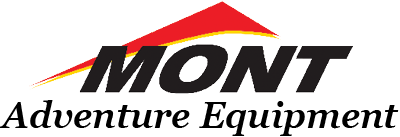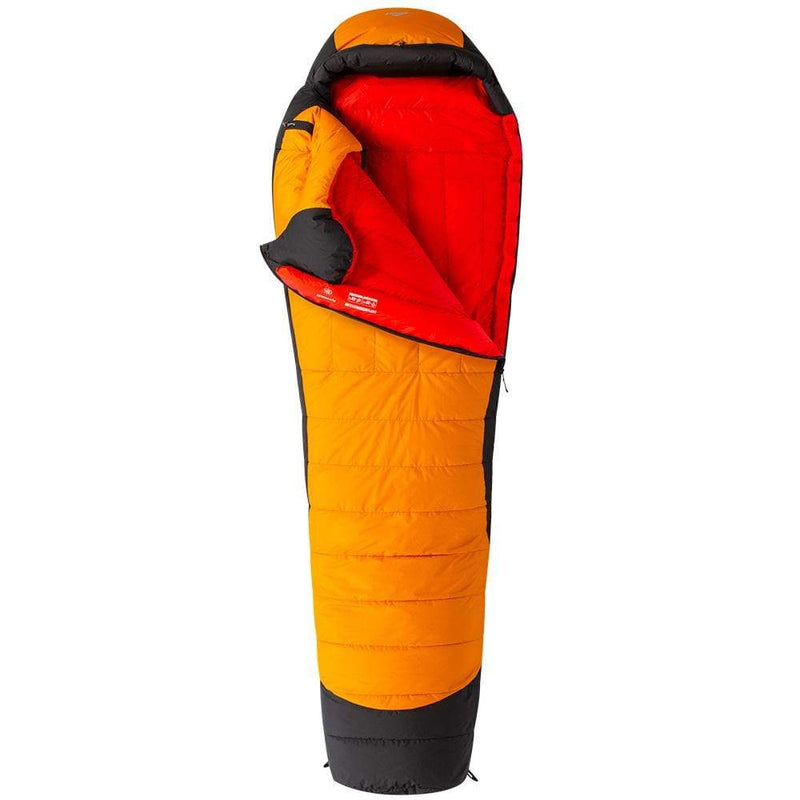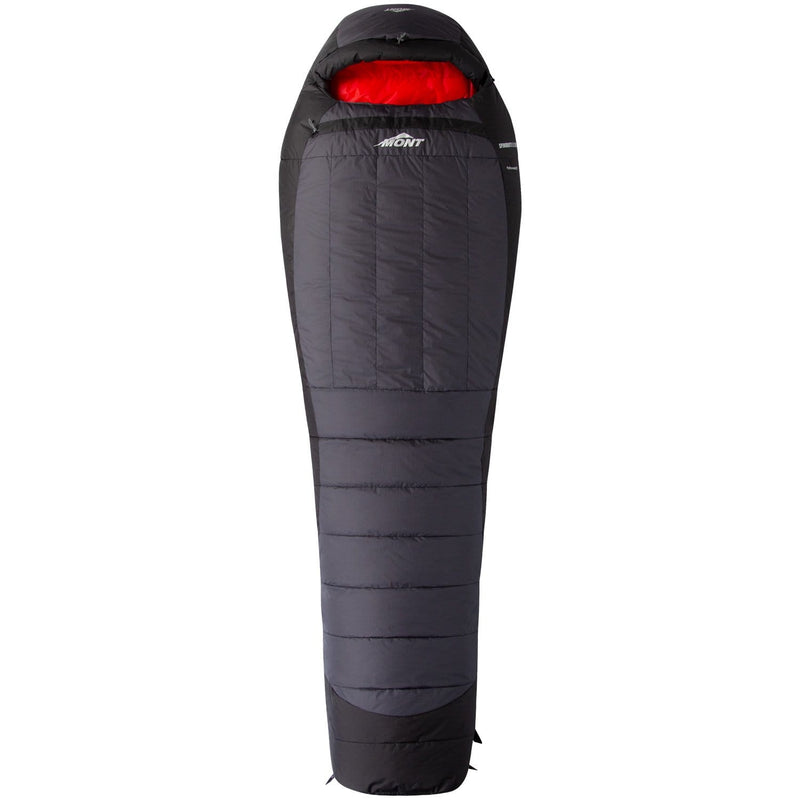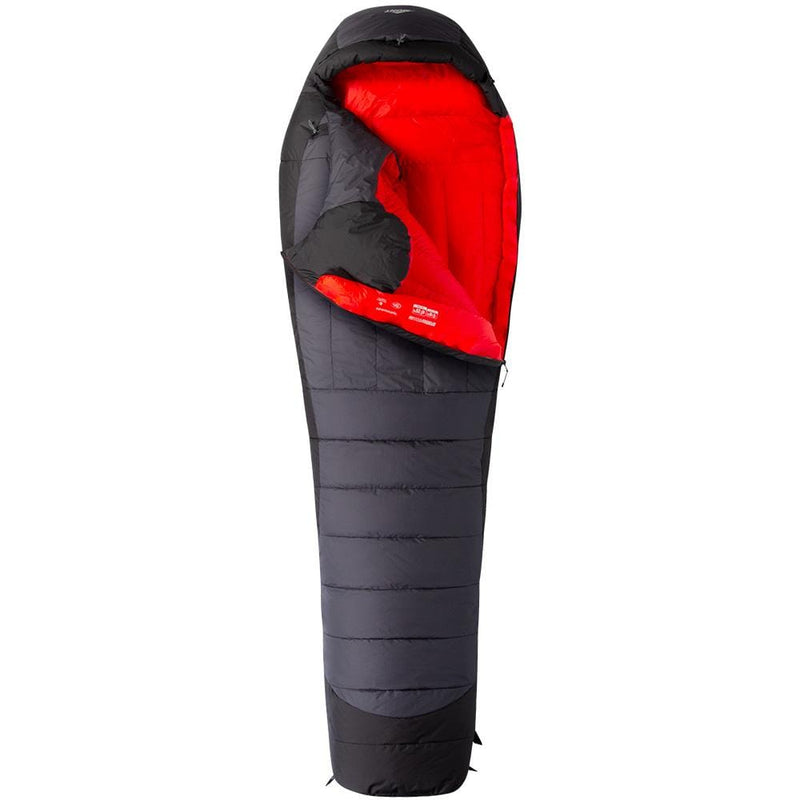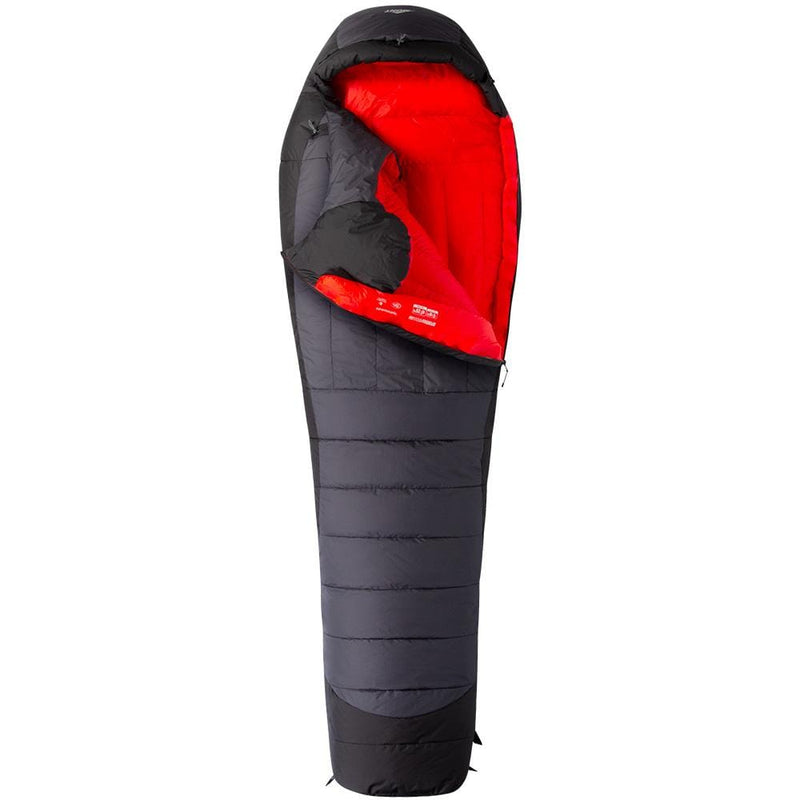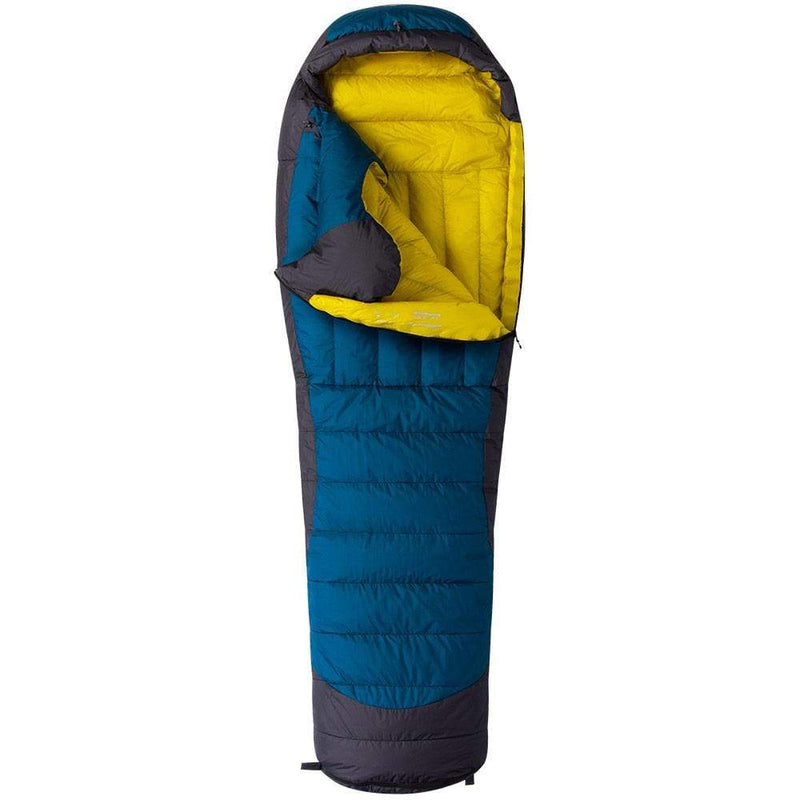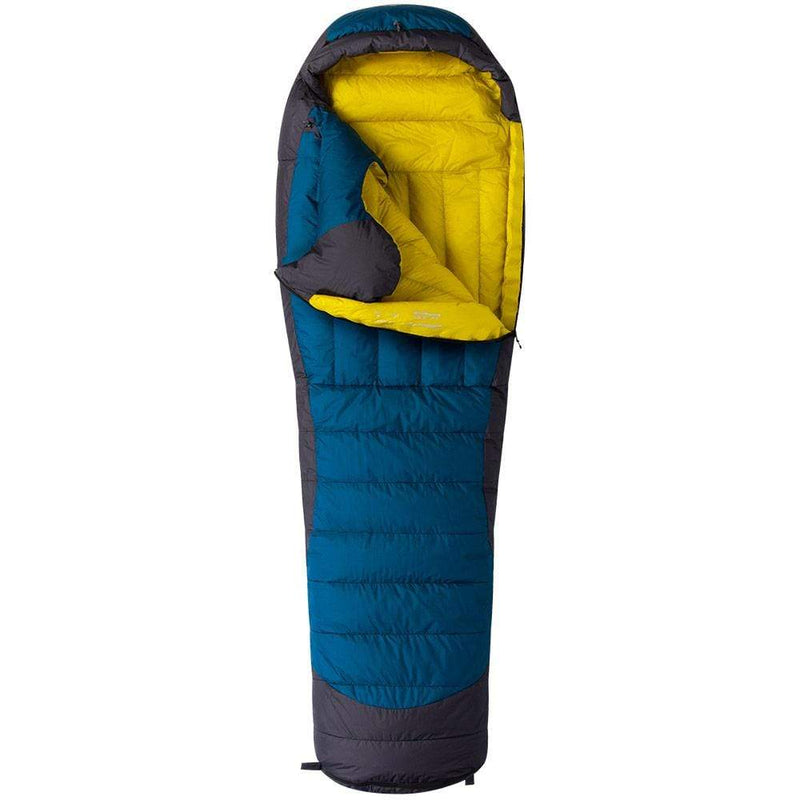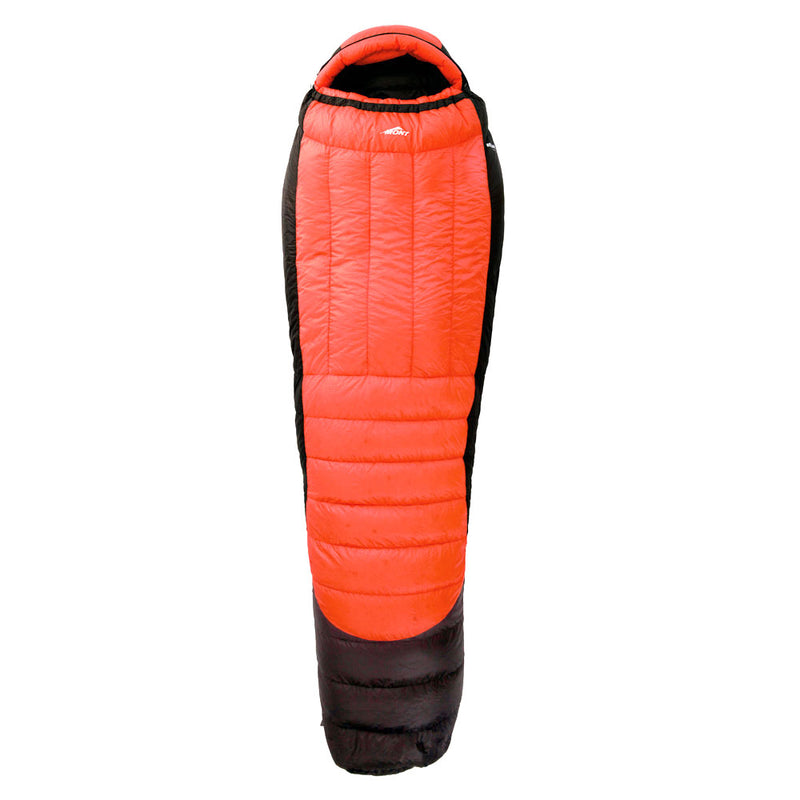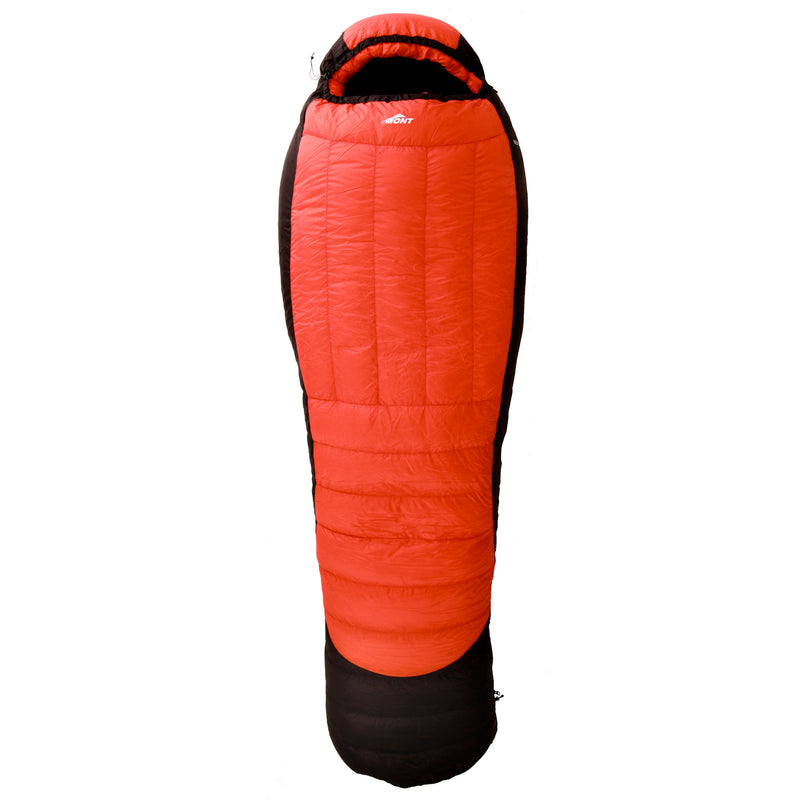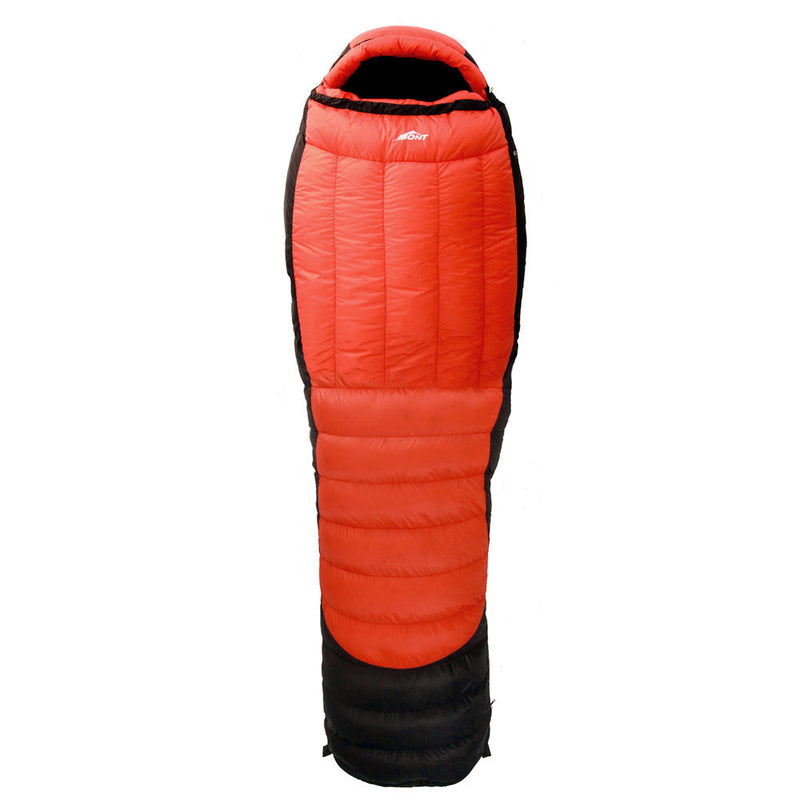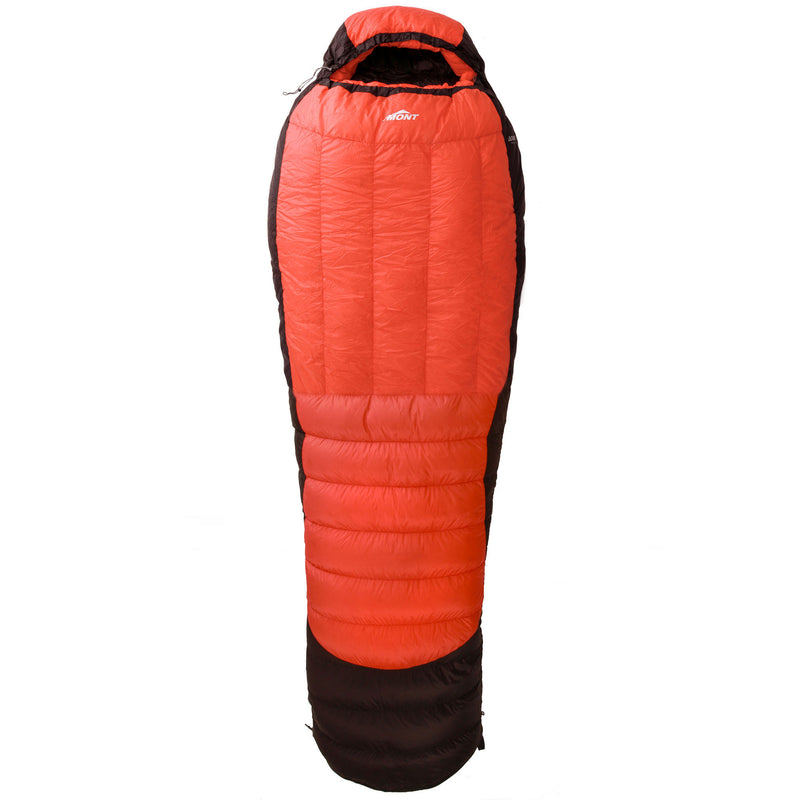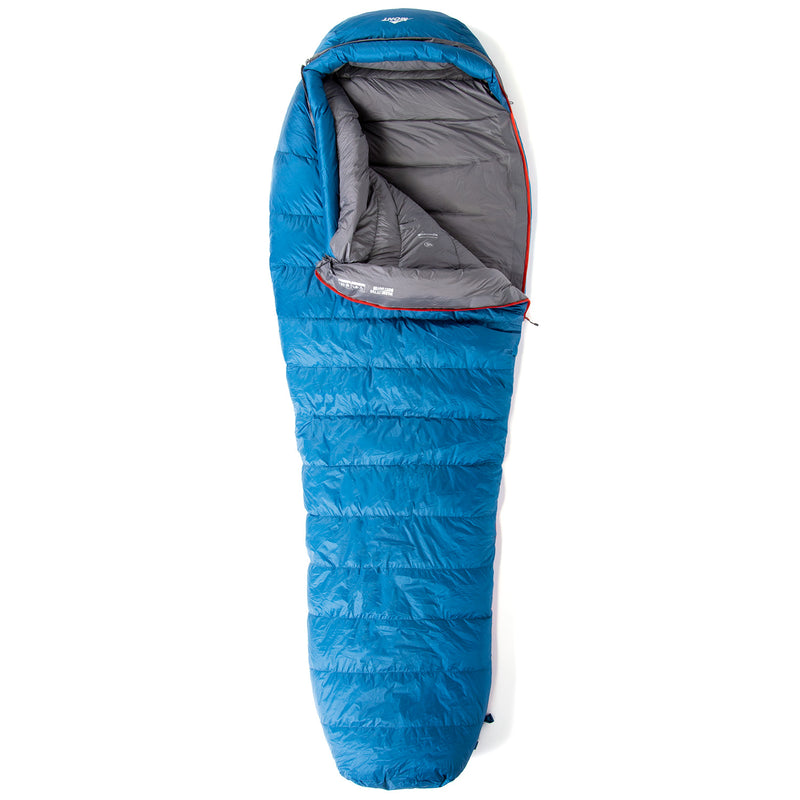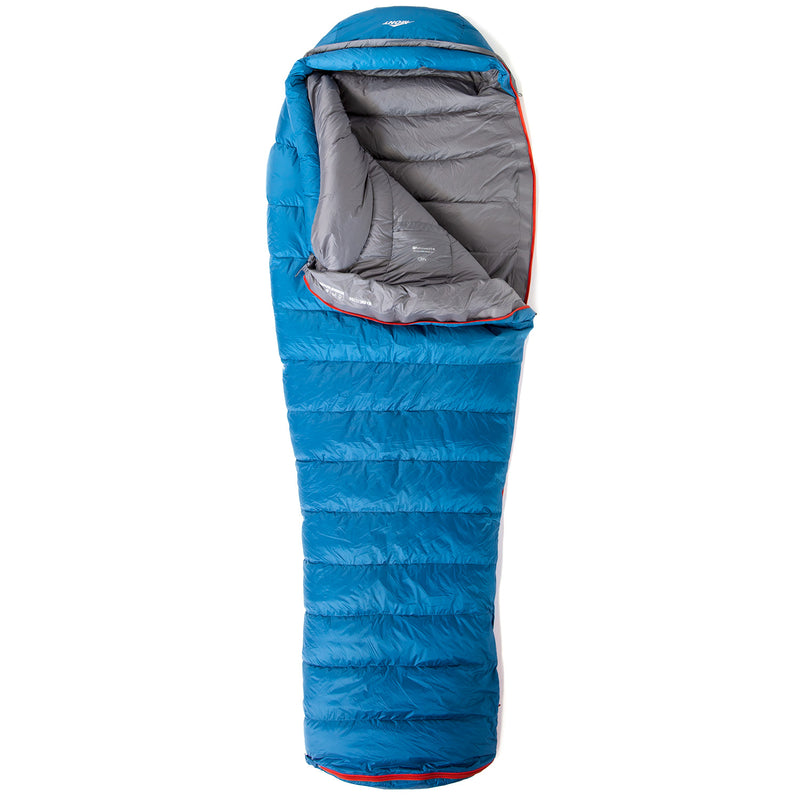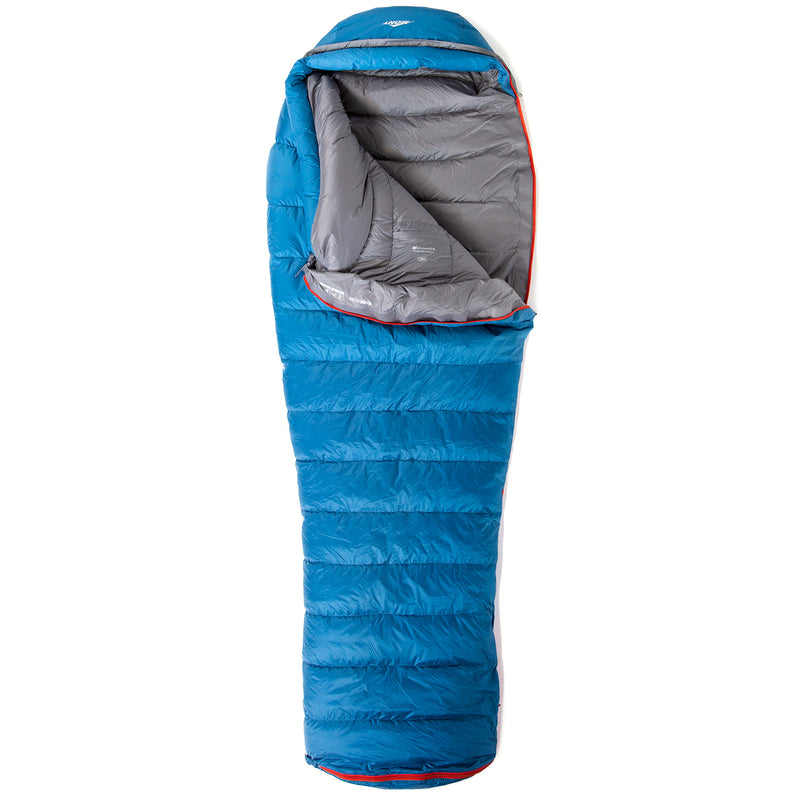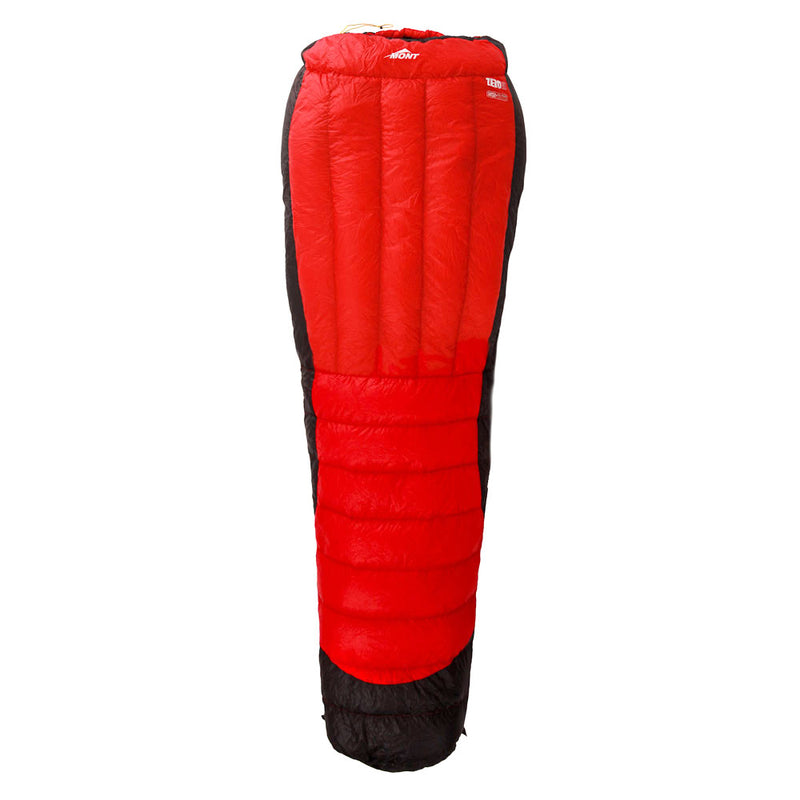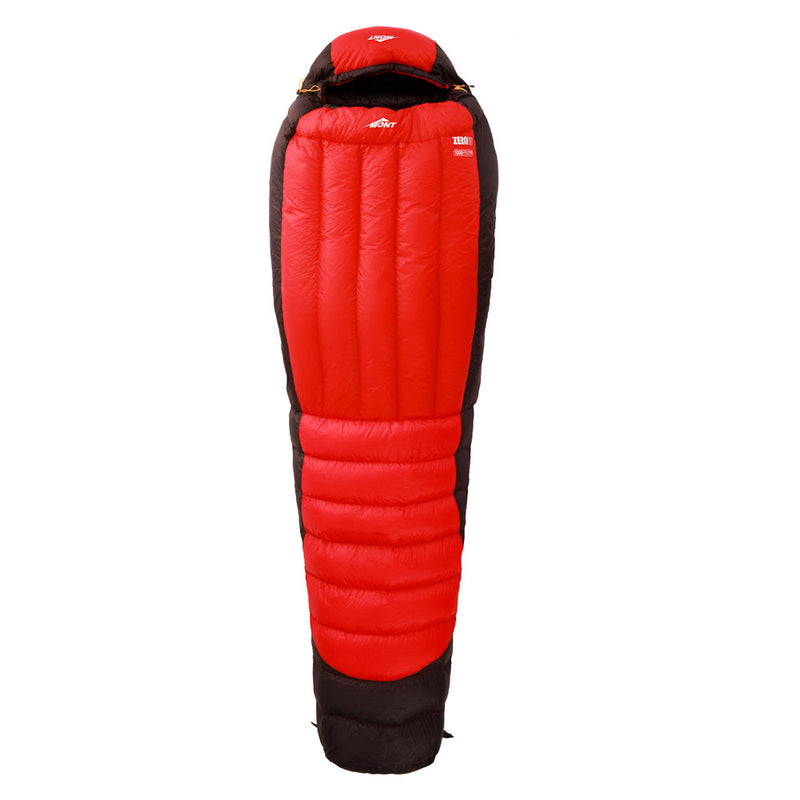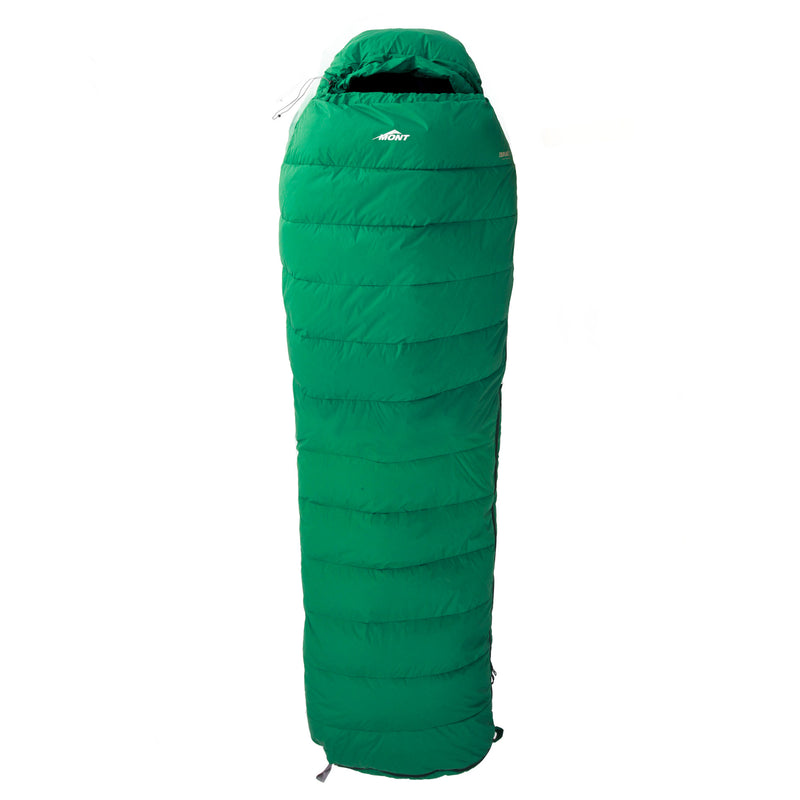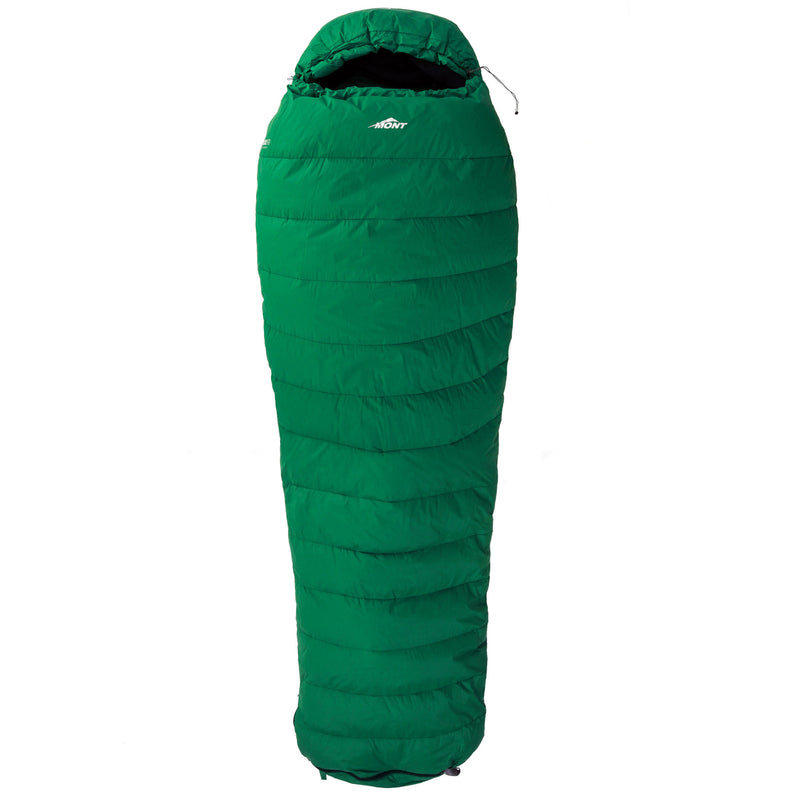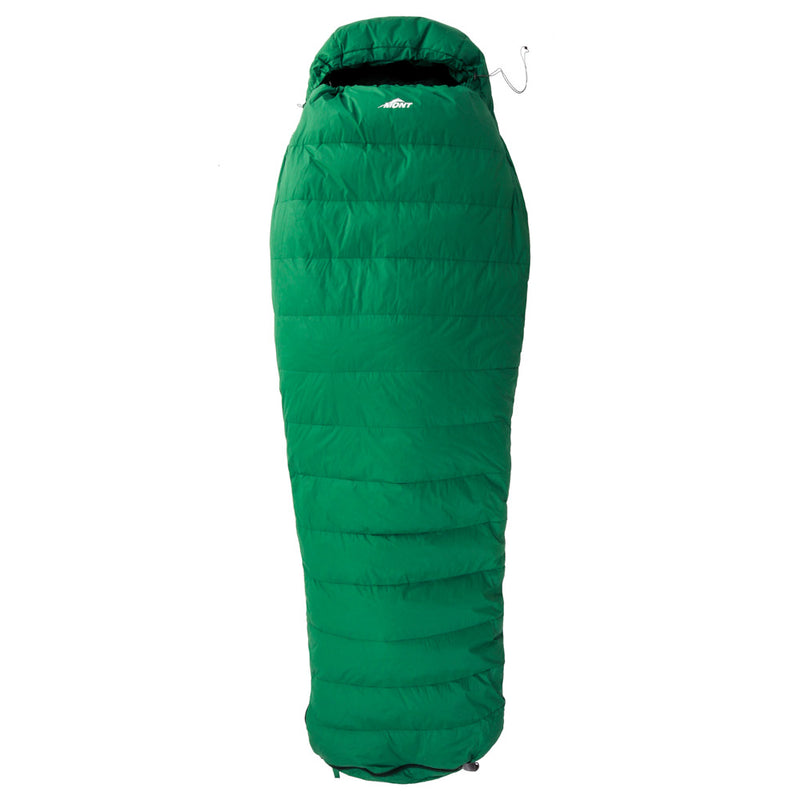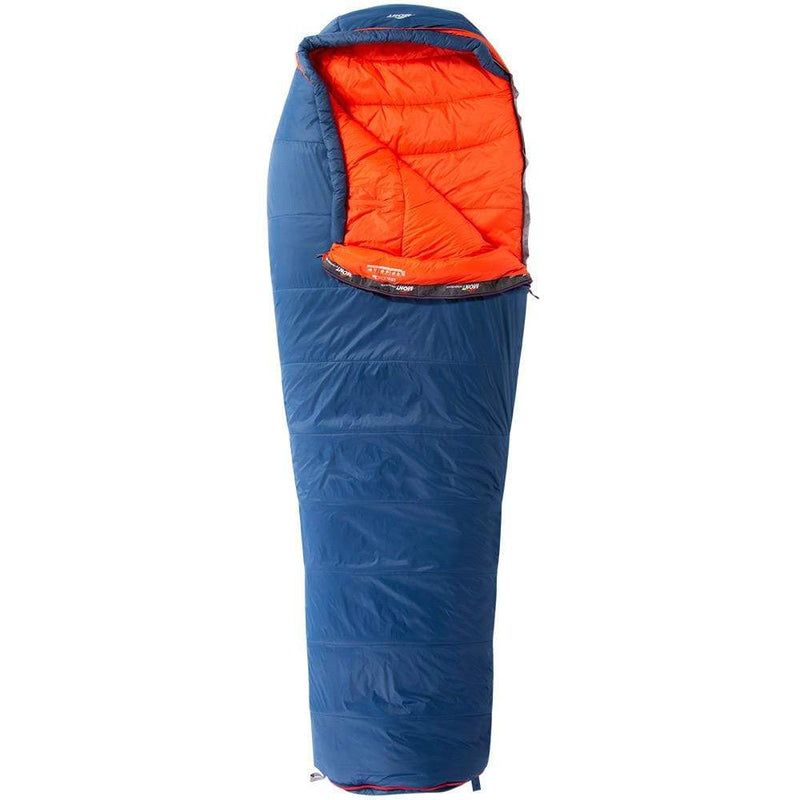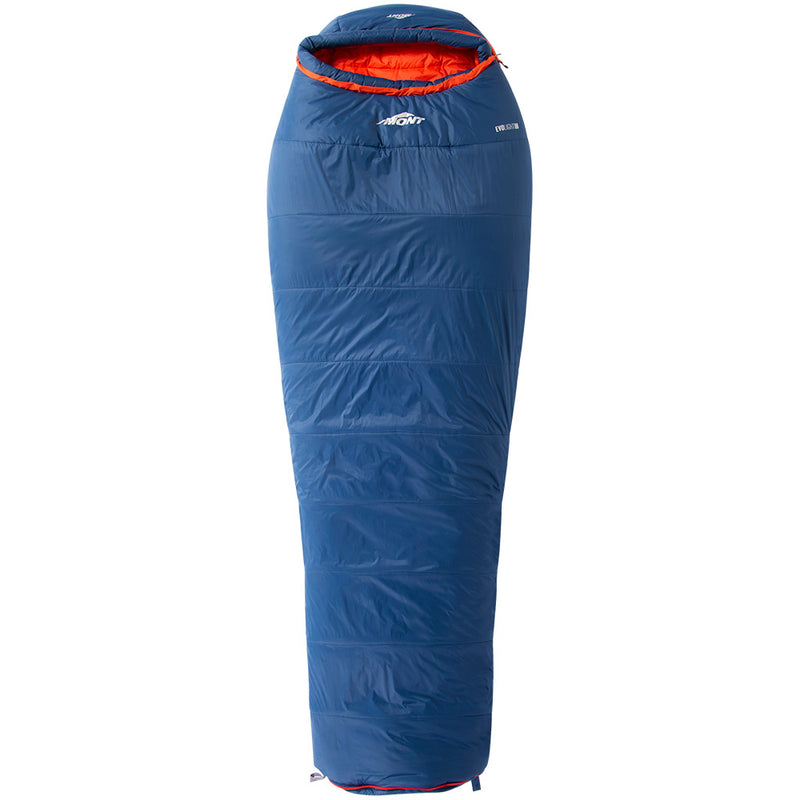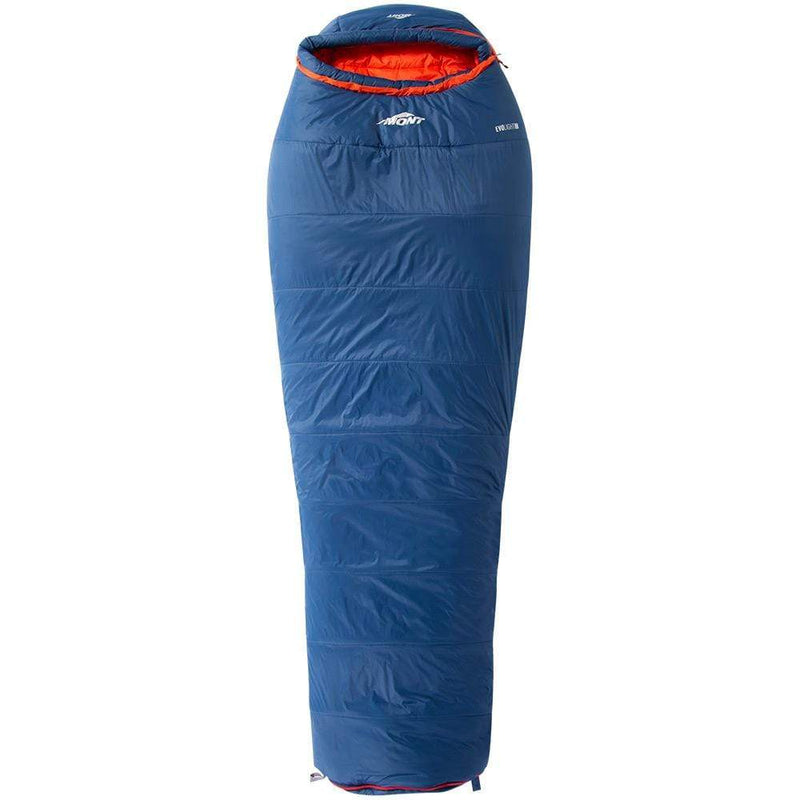What's the difference between Moondance 2 and 2FN tents?
The Moondance 2 Tent has a Mesh interior and is ideal for general conditions.
The Moondance 2 FN Tent has a Full Nylon interior and is more suited to winter conditions.
So which should I get?
If you live in a warm climate and most of your camping will be in Summer, Autumn and Spring then the Mesh version will be best.
If you're planning on using your tent in winter or in mountain conditions the Full Nylon may be a better choice. The Full Nylon interior will offer better protection from windblown rain, sleet or snow, and it will provide a little better insulation, though your most important insulator will be your sleeping bag and sleeping mat. Full Nylon tents are more prone to condensation and as such are better suited to cold climates.
This is also applicable to Moondance EX and EXFN Tents.
Do I need to seam-seal my new Mont tent?
No. All Mont tents are sold fully seam-sealed, waterproof and ready for rain.
Many other tent manufacturers do not, or have stopped in recent years, seam sealing their tents. Seam sealing on a tent is essential and a tent without seam sealing will leak in rain, or even a morning heavy with dew.
Why does my tent fly sag in the wet weather?
Nylon fabrics absorb a small amount of water when they get wet, this causes the fabric to swell and stretch slightly. The fabric is still waterproof. To offset this stretch, simply tension the corners and peg points accordingly.
What's the difference between the Moondance 2FN and the Dragonfly Tent? And which should I choose?
We all have tough decisions to make in life. Choosing the right tent shouldn't be one of them. But two tents in the Mont range that do cause some confusion are the Moondance 2FN (Full-Nylon) and the Dragonfly.
Both are two person tents with full-height Nylon interiors.
Both are designed for winter camping.
Both are dual entrance and dual vestibule.
So what's the difference and which is the one for you?
The Dragonfly is a robust four-season tent designed for alpine winter camping. The Moondance 2FN is a lightweight sub-alpine four-season tent designed for below-the-snow-line winter camping.
Alpinists heading above the tree-line? Choose the Dragonfly.
Camping in predominantly cold conditions? Choose the Moondance 2FN.
The reason these tents have different season ratings is largely the different pole structure on each. The Dragonfly has a slightly heavier and bulkier but far more robust three-piece pole structure. Compared to the Moondance 2FN that has a lighter weight, fast-pitch two-piece pole structure.
Not to discredit the strength of the Moondance pole structure: Stories of Moondance being the only tents standing after windy nights are not uncommon.
The Dragonfly is a little more spacious inside for the extra gear often required on alpine adventures. You can even fit three people at a squeeze.
The Moondance 2FN comfortably sleeps two campers on standard size sleeping mats.
Compared to most lightweight two person tents on the market, the Moondance 2FN is very spacious with internal measurements of 220cm by 130cm.
The Moondance 2FN uses a lightweight but durable 40 denier Nylon floor, and the Dragonfly has a more durable but slightly heavier 70 denier Nylon floor. Both feature our unique and market-leading 25,000mm+ WaterBloc™ laminated PU floor technology.
The Dragonfly has excellent ventilation with two internally accessible roof vents and full-size mesh/Nylon windows on the doors.
The Moondance 2FN has one internally accessible roof vent and half-size mesh/Nylon windows on the doors.
The Dragonfly has a little more ventilation, but that comes with a weight cost thanks to the extra fabric and extra zips required.
With this much ventilation, the Dragonfly is still very useful in warmer weather camping. Though bushwalkers will appreciate the reduced weight and bulk of the Moondance 2FN.
We hope this clears up any confusion between these two tents. If you still have questions please do not hesitate to contact a Mont Gear Expert on 02 6162 0900 or at customerservice@mont.com.au.
Tent Season Rating Classification
A widely used system for classifying tents is the season rating. Mont design and stock tents for 3 season and 4 seasons as well as subcategories of these season guides.
A 3 Season tent generally has a mesh interior to provide good ventilation in warmer Spring, Summer and Autumn seasons. 3 Season tents in the Mont range include the Moondance 1, Moondance 2 and Moondance EX Tents.
A 4 season tent generally has a Nylon inner to provide better insulation and better protection from wind-blown snow or rain. 4 Season tents are obviously better suited to cold weather camping in Winter. A 4 season tent may also be appropriate for snow camping in alpine conditions. 4 season tents will also have stronger pole structure to withstand snow loading and high wind. Mont 4 season tents include the Dragonfly, Epoch, and Eddie Tents.
Mont also make tents that we describe as a 3-to-4 season or sub-alpine 4 season tent. A 3-to-4 season or sub-alpine 4 season tent is a lightweight tent designed for camping in winter conditions, but not necessarily in alpine or snow conditions. Mont's sub-alpine 4 season tents include the Moondance 1FN and Moondance 2FN.
Mont also make Expedition grade tents. An expedition grade tent is a tent designed for extreme weather conditions such as you would face camping at basecamp while mountaineering or camping in alpine and snow conditions where the danger of blizzards is real and must be accounted for. An Expedition grade tent will be capable of withstanding high-speed winds, heavy snow loading and will often be a little larger inside to accommodate the additional gear required to camp in alpine or snow conditions.
Free shipping within Australia on all orders over $75.

